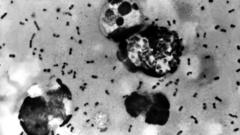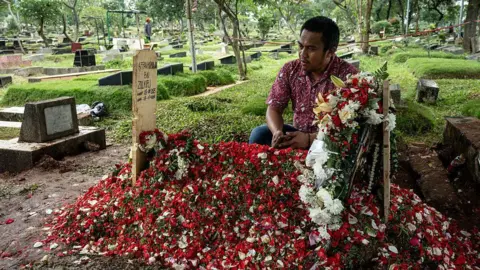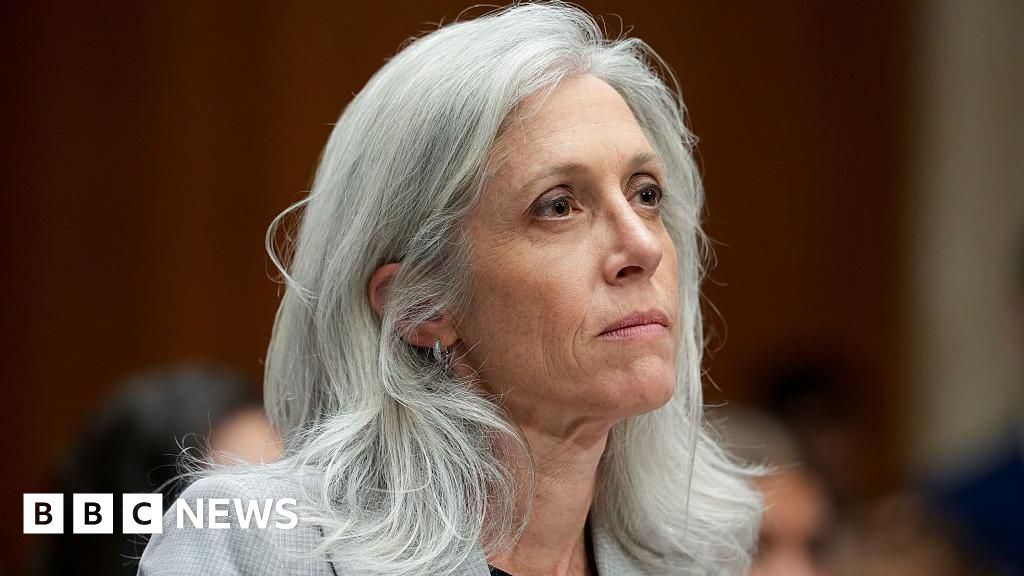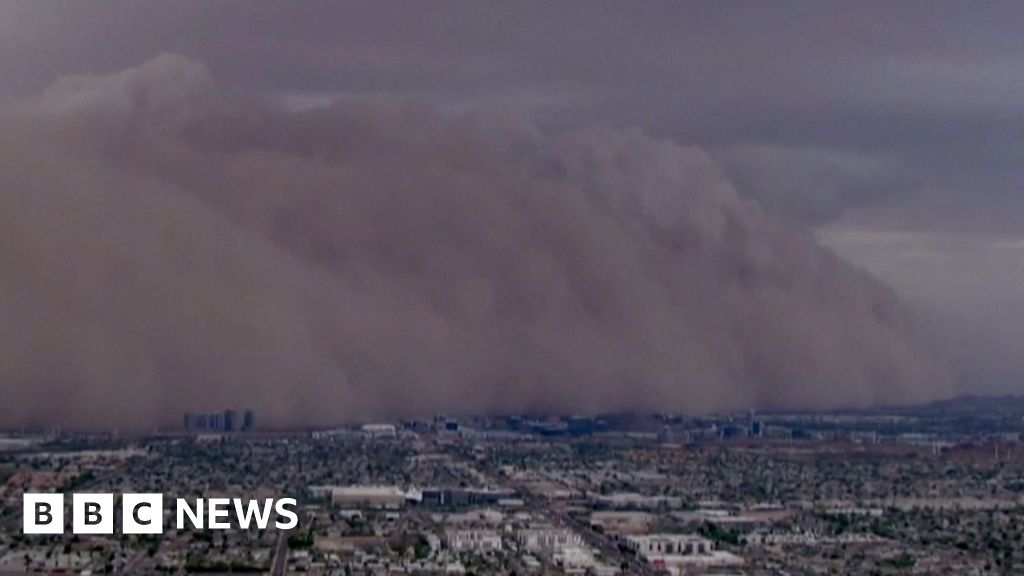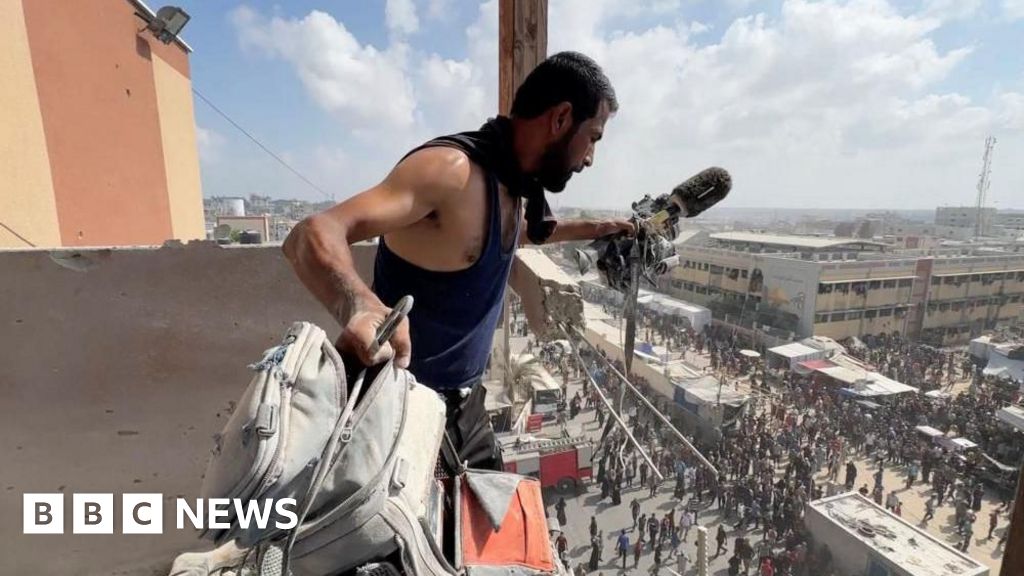A resident of Arizona has tragically succumbed to pneumonic plague, marking the first related death in Coconino County since 2007, according to health officials' reports issued on Friday. The deceased’s interaction with an infected animal was noted as a potential source of exposure. Historically known as the “Black Death,” this bacterium caused massive mortality during the 14th century, but today remains rare with strict treatment measures available, including antibiotics.
Annually, the Centers for Disease Control and Prevention (CDC) records an average of seven cases of plague in the United States. Local authorities from Coconino County reassured residents about the low risk of exposure to the disease, expressing their condolences to the friends and family of the person who passed away. Chairperson Patrice Horstman from the county Board of Supervisors stated, “Our thoughts are with the family during this challenging period, and we will not disclose further information out of respect for their privacy.”
Pneumonic plague is a severe lung infection prompted by the bacterium Yersinia pestis, with relatively few reported cases. The symptoms of bubonic plague, the most prevalent form transmitted through flea bites, generally appear within two to eight days post-exposure. These may include fever, chills, headaches, weakness, and swollen lymph nodes. In the UK, the presence of plague has been eradicated, with a very low likelihood of cases emerging there.
Public health guidelines recommend applying DEET-based insect repellents to ward off flea bites, refraining from handling dead animals, and avoiding contact with symptomatic individuals or crowded locations where plague has been reported.

